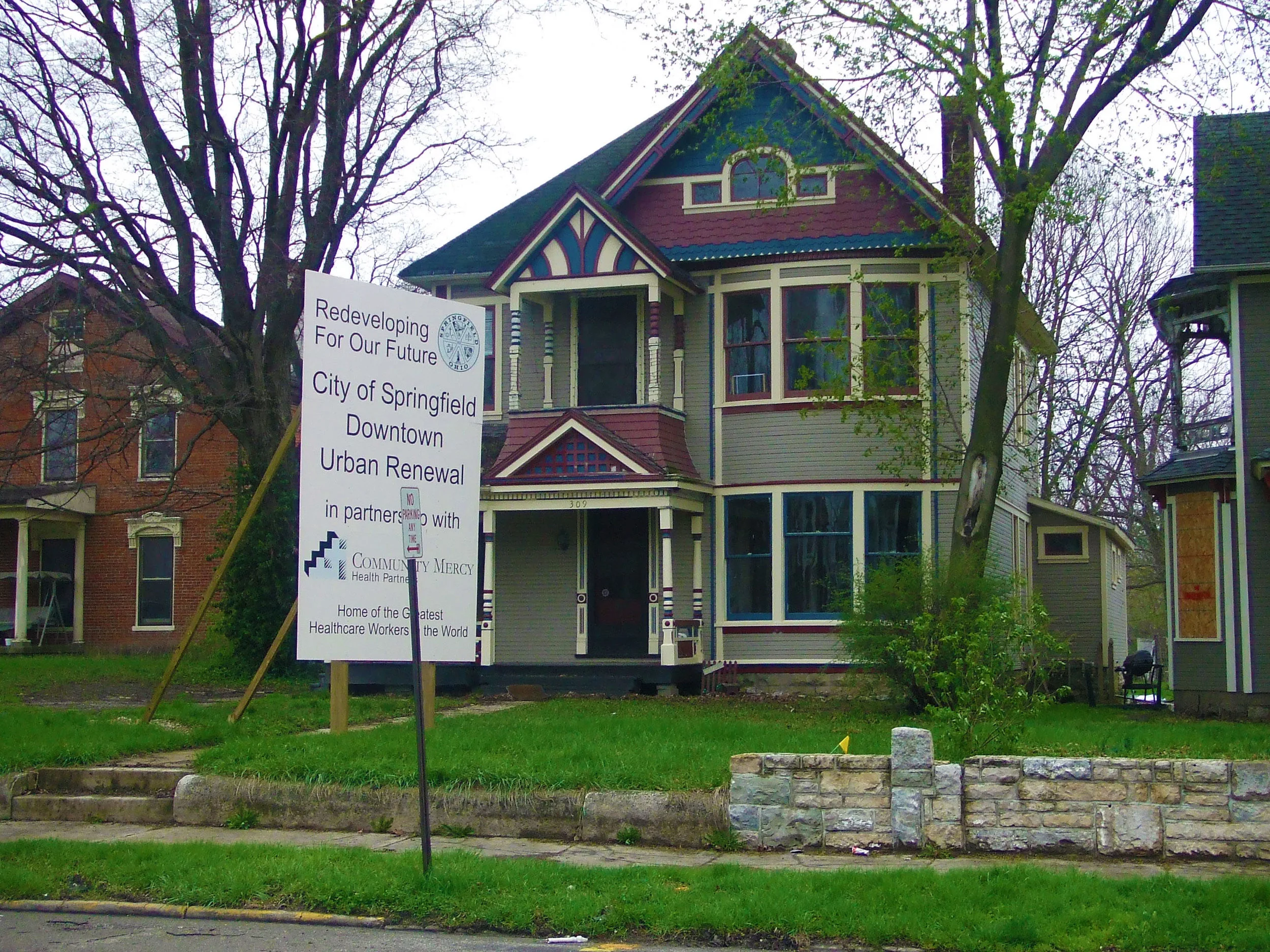Last week, GOPC’s Manager of Government Affairs Jason Warner had the opportunity to join a distinguished panel of experts at the Cleveland State University College of Urban Affairs as part of their series Ohio Fair Lending/Vital Communities Brown Bag: What Happened in Housing at the Statehouse This Year?. Joining Warner on the panel were Bill Faith, the Executive Director of the Coalition on Homelessness and Housing in Ohio (COHHIO), Nate Coffman, Executive Director of the Ohio CDC Association, and Holly Swisher of the Ohio Housing Finance Agency (OHFA). The panel was moderated by Byron Soloman of NOBLE. Ms. Swisher provided the attendees with an update on the work OHFA has been involved with assisting homeowners in housing counseling to stave off foreclosure and assisting communities with the demolition of decaying properties.
Warner spoke to the panel about the various initiatives in the budget process related to lead mitigation and inspection programs. The budget made important progress in lead abatement by allocating $4.8 million annually for abatement activities and associated testing, as well as establishing a new residential rental unit registry and will provide a list of certified lead-safe rental units across the state. There was also a move to attempt to override local government home rule authority by granting the sole and exclusive authority of the regulation of lead abatement, including the licensing of lead abatement professionals, to the Ohio Department of Health. This change, had it been accepted, would have usurped local ordinances which had been enacted in cities like Toledo and Cleveland, as well as setting back progress that had been made in state regulations concerning lead mitigation. The changes were opposed by a broad coalition of organizations, and ultimately were removed from the budget. However, a standalone bill that seeks to enact the exact same changes, House Bill 299, was introduced in late June and was recently assigned to the House Health Committee, meaning discussions on this issue will likely continue in the near term.
Warner also had an opportunity to provide attendees with a brief update on the continued negotiations at the Statehouse regarding the MCO sales tax and the proposed increase in the state HIC fee to replace that lost funding. While discussions are ongoing among legislative leaders and the administration, no agreement has been reached and if no agreement is in place by the end of the year, counties and transit agencies across the state will see a dramatic decrease in revenues, resulting in the need for either cuts at the local level, or alternative revenue enhancements to replace the lost funding.
Finally, Faith and Coffman explained their recent efforts to include an amendment to the budget which would have provided a substantial increase in funding for the Ohio Housing Trust Fund. The amendment, which was crafted with the input and support of the leadership of the Ohio House of Representatives, would have provided long-term, sustainable funding to the trust fund through the use of non-GRF funding. In addition, the amendment provided $6 million per year to fight the states growing opiate crisis to expand housing options for low-income people exiting addiction treatment programs. Unfortunately, the amendment was removed by the Ohio Senate and was not resurrected during the budget conference committee negotiations. However, organizations such COHHIO and the Ohio CDC Association continue to advocate for this change, and Faith and Coffman encouraged attendees to continue to reach out to their legislators to educate them on the importance of providing long-term, sustainable funding to the trust fund.
GOPC thanks CSU for a great discussion about the importance of educating lawmakers on issues around housing and advocacy efforts year-round. To learn more about GOPC’s work in this policy area, be sure to check out the Advocacy page on our new website.





